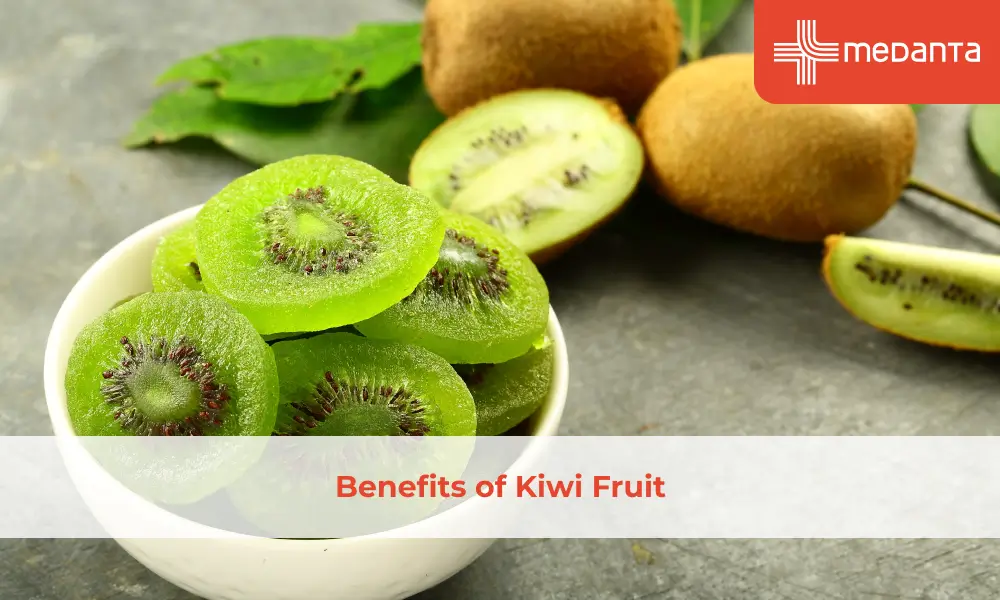You Will Not Believe Your Eyes with the Aftermath of Stroke: Coping Strategies for Patients and Caregivers

Every year, over 15 million people worldwide suffer a stroke, making it one of the biggest causes of death and disabilities. A stroke happens when blood flow to the brain is messed up by either a blockage (ischemic stroke) or bleeding (haemorrhagic stroke), causing brain damage that can affect the body and brain for a long time.
Stroke survivors often confront many physical and cognitive hurdles like incapacity, speech problems, memory loss, etc. Thus, they need never-ending backing and care from the medical team, family, and friends. Coping with the aftermath of a stroke can cause excess stress and put an enormous burden on both the patient and their caretakers. However, there are ways and resources to assist them in crossing this rough patch.
Understanding Stroke
Before we chat about ways to deal with strokes for patients and caregivers, let's understand what it is and how it messes with your body. A stroke occurs when the brain faces a shortage of blood for any reason. Without a steady stream of blood supplying oxygen and important nutrients, brain cells quickly bite the dust.
You can get two types of strokes: ischemic and haemorrhagic. Symptoms can differ depending on which part of the brain had a stroke but can include stuff like a sudden deafness on one side of your body, language issues, cloudy eyesight, a fierce headache, and struggles with coordination.
Recognizing the signs of a stroke and immediately getting medical help are major keys to treating and getting better. Every minute is vital for saving brain cells and keeping damage from going any further.
Identifying stroke symptoms can be learned with a pneumonic – BE-FAST which means B- Balancing problem, E-Eye vision difficulty, F- Face deviation, A- Arm weakness, S- Speech difficulty and T- Time to act with in 4.5 hours. Any of these symptoms occurring suddenly to a patient should reach to stroke dedicated hospital within 4.5 hours of golden time so that intravenous thrombolysis can be done if its an ischaemic stroke which is gold standard time bound treatment.
Stroke Treatment and Brain Stroke Recovery
Right after a stroke, getting quick brain stroke recovery is very important to keep the brain from getting worse. Docs might give them medicines to break up a blood clot, do surgery, or just keep them comfy in the hospital. The immediate course of action for the stroke treatment entails swift medical intervention to re-establish blood flow to the brain and avert any further damage.
The course of stroke treatment, which hinges on the nature and severity of the stroke, may incorporate clot-dissolving drugs, surgical intervention, or supportive care while hospitalised. Beyond the acute phase, stroke patients necessitate ongoing medical treatment and rehabilitation to recuperate and restore their bodily functions and independence as much as possible.
A team of experts like docs, nurses, and therapists work together to help patients heal and strengthen again.
Stroke Treatment may also involve gadgets like wheelchairs, communication gizmos, and tools to make tasks easier.
People who have had a stroke may require ongoing care and support from loved ones, pals, and medical professionals to manage their ongoing struggles and prevent future strokes. This could mean taking drugs on time, checking in with the doctor regularly, making healthy lifestyle choices, like eating well and exercising, and continuing with therapies and rehab as necessary.
Coping Strategies for Stroke Patients
Dealing with the aftermath of a stroke can be a tough and overwhelming time for survivors and their kin. To manage their new reality and live better, stroke patients might need diverse forms of assistance, including physical, mental, and social support.
A crucial element of recovering from a stroke involves addressing the psychological and emotional impact of the episode. To help manage these emotions and adapt, psychological support and therapy could come in handy. Both group and one-on-one sessions, relaxation techniques, mindfulness, and other coping mechanisms can aid in handling stress and promoting good emotions.
In addition to rendering psychological support, implementing wholesome lifestyle changes can be favourable for stroke sufferers to prevent future occurrences and enhance their overall well-being.
These changes may incorporate alterations to dietary and exercise habits, abandoning tobacco use, and competently managing concurrent medical conditions such as diabetes and hypertension. Consistent engagement in physical activity can heighten strength, balance, and coordination whilst diminishing the likelihood of subsequent strokes.
Furthermore, the integration of home modifications and assistive technologies can aid stroke patients in performing daily tasks with greater independence and security. This may involve adapting to the domestic environment by installing handrails and inclines and utilising devices such as wheelchair lifts and stair climbers.
The integration of assistive technologies such as communication devices and computer programs can also facilitate stroke patients in maintaining connections with their loved ones and participating in leisure activities they enjoy.
Coping Strategies for Caregivers
Looking after someone who's had a stroke can be fulfilling yet tough for fam and caretakers. The ones looking after the stroke patient may feel physically and emotionally drained as they tackle new duties and adapt to taking care of someone they love post-stroke. Coping mechanisms may include some self-love, friends' help, and open talks with the stroke patient.
Of utmost importance when it comes to handling caretaker stress and exhaustion is realising and tackling this stress head-on. Caretakers may encounter feelings of solitude, fatigue, and self-blame as they juggle this responsibility with the rest of their life. For caretakers to manage all stress that comes their way, they might consider seeking help from various resources such as spa visits, support groups, and professionals to maintain their emotional and physical wellness.
Talking to the stroke patient properly can ease the burden on the caregiver and make the patient feel better. Being straightforward and truthful can help caregivers recognize what the patient wants, and let patients feel like they're still in charge. Caregivers can also help stroke patients take part in social events and communicate with others, which can improve their life.
Taking breaks and handling stress are also crucial for caregivers to keep themselves physically and mentally healthy. This could involve physical exercise, eating well, sleeping enough, and doing relaxing activities like meditation and hobbies.
Conclusion
Dealing with the aftermath of a stroke can be really tough and emotional for both the stroke people and their caregivers. The good news, though, there are ways and things to help them deal with all this craziness and make life better. By working on the physical, mental, and social parts of getting better, stroke survivors can learn how to get used to their new reality and actually enjoy life.
Everyone's stroke journey is different, so there's no one way to do it. But, with some support and resources, stroke peeps can reach their goals and find happiness. There's always hope for a brighter tomorrow after a stroke.






